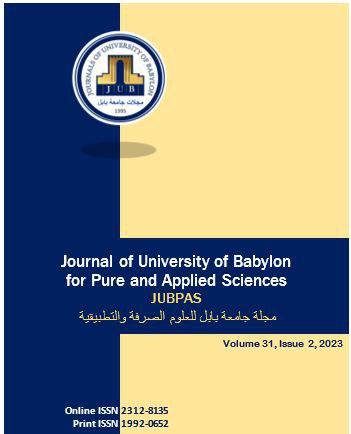Most Recent Malicious Software Datasets and Machine Learning Detection Techniques: A Review
Main Article Content
Abstract
Background:
Within the context of cyber security, it has become crucial to monitor systems and analyze data to maintain data security and integrity. Recently, it has become important to create a system for analyzing and classifying data, to prevent any malicious programs such as malware.
Materials and Methods:
The latest malware dataset and the latest machine-learning techniques were used to detect malware, based on dynamic feature identification.
Results:
The results showed that the FFNN algorithm was the best algorithm for the sorel20M dataset based on the research work discussed in this paper.
Conclusion:
The continuous increase in the number and types of attacks has led to a huge expansion in the variants of malware samples. Therefore, malware needs to be categorized into groups according to their behavior, influence, and characteristics. Given the fact that research and training are essential elements of cyber security, its constantly changing nature poses a great challenge. This study mainly aims to demonstrate the most recent malware dataset and modern machine-learning techniques of malware detection, based on dynamic feature selection.
Article Details

This work is licensed under a Creative Commons Attribution 4.0 International License.
